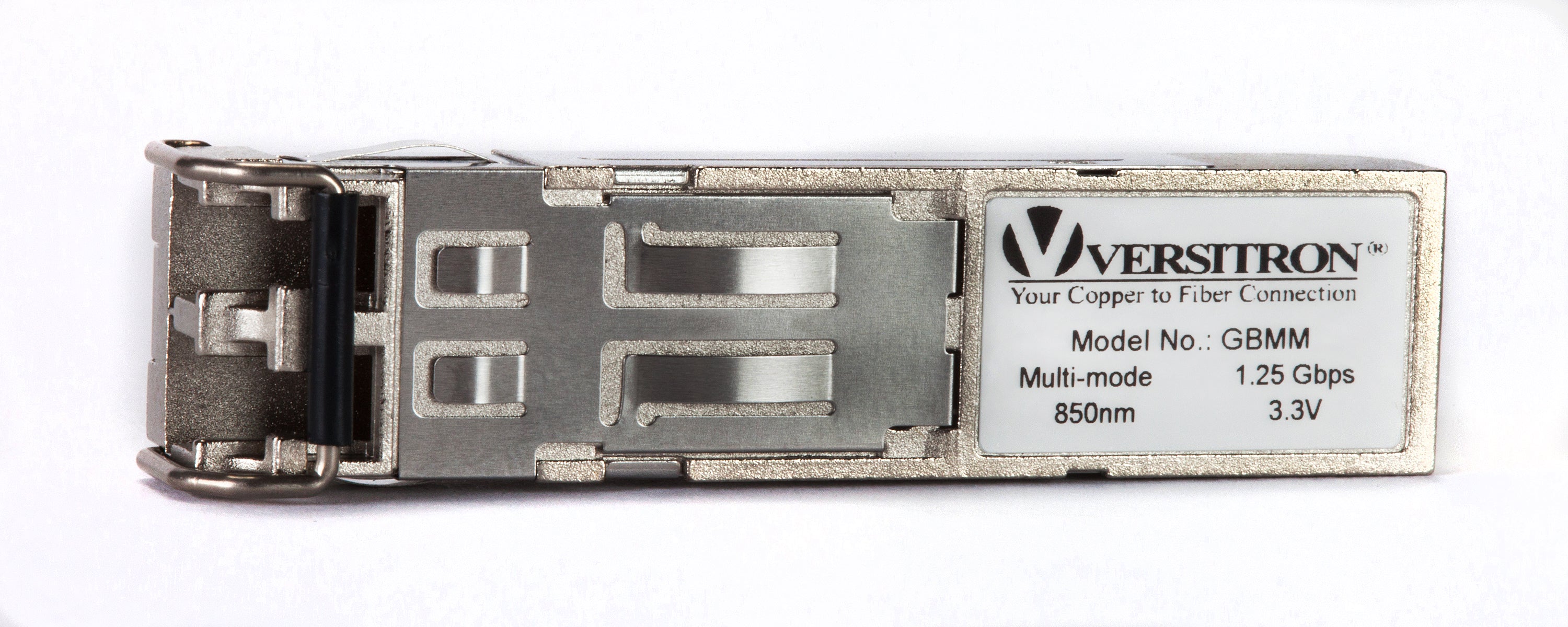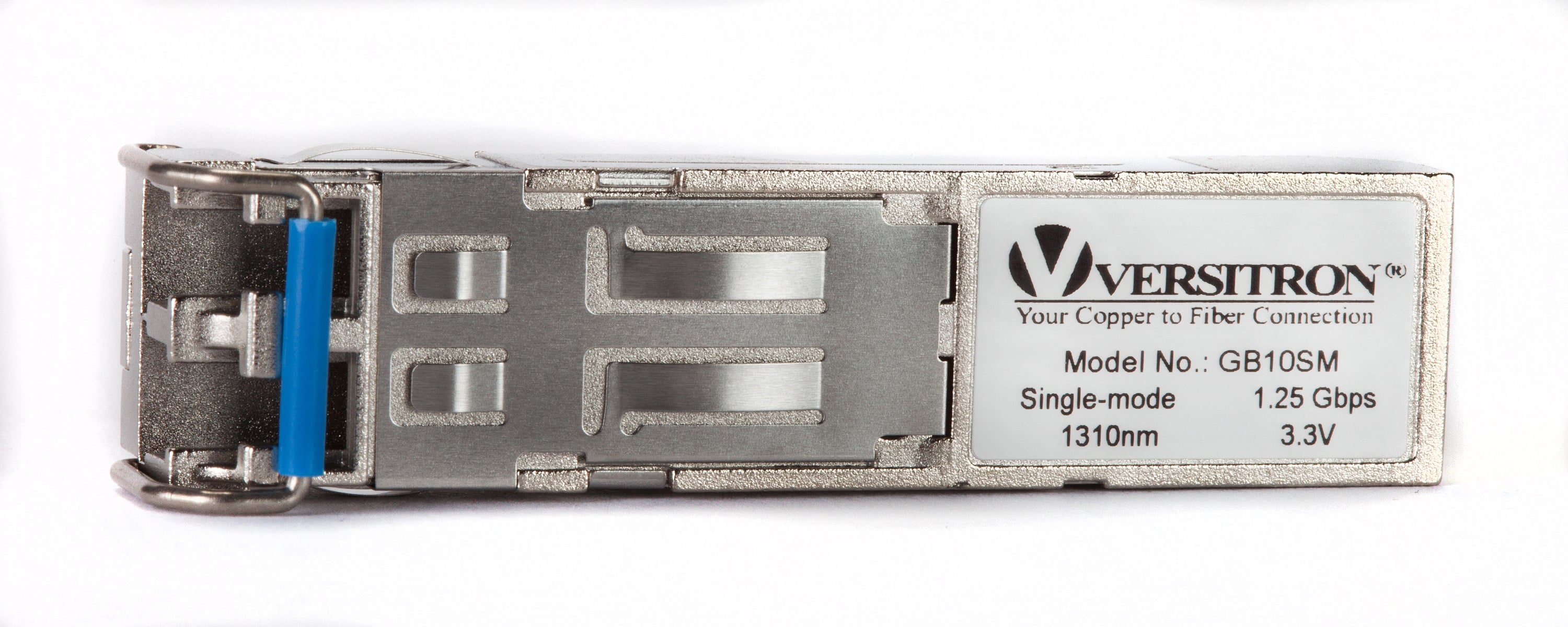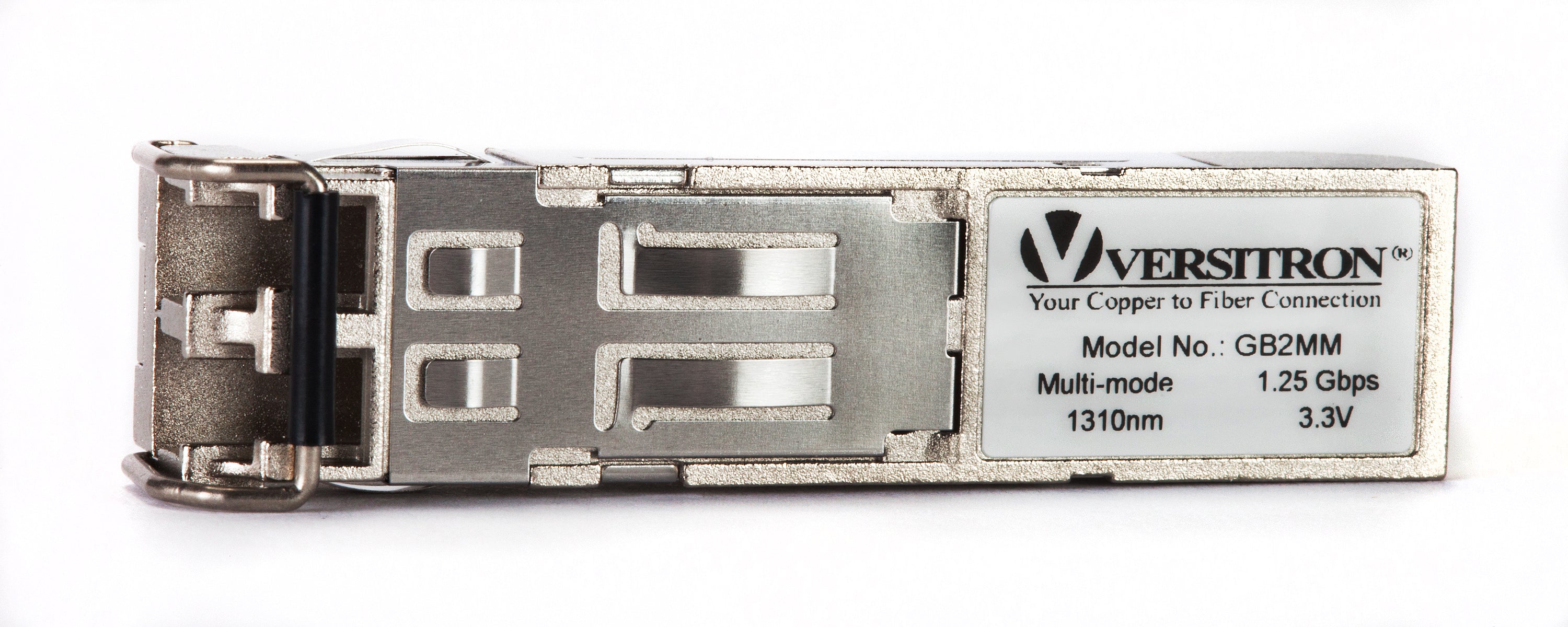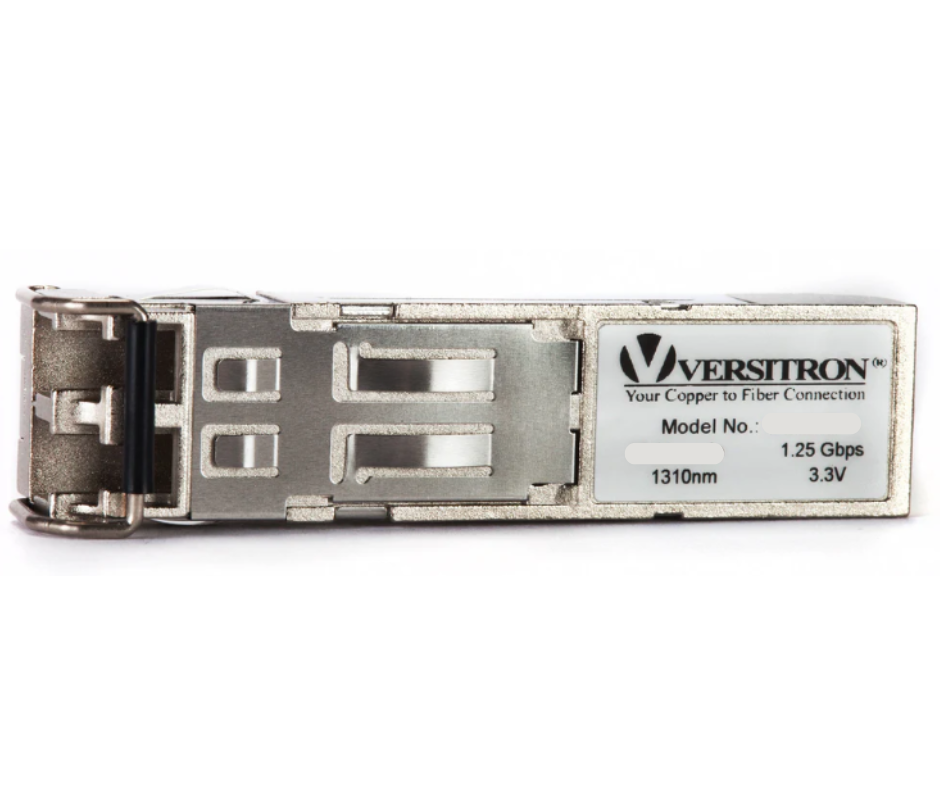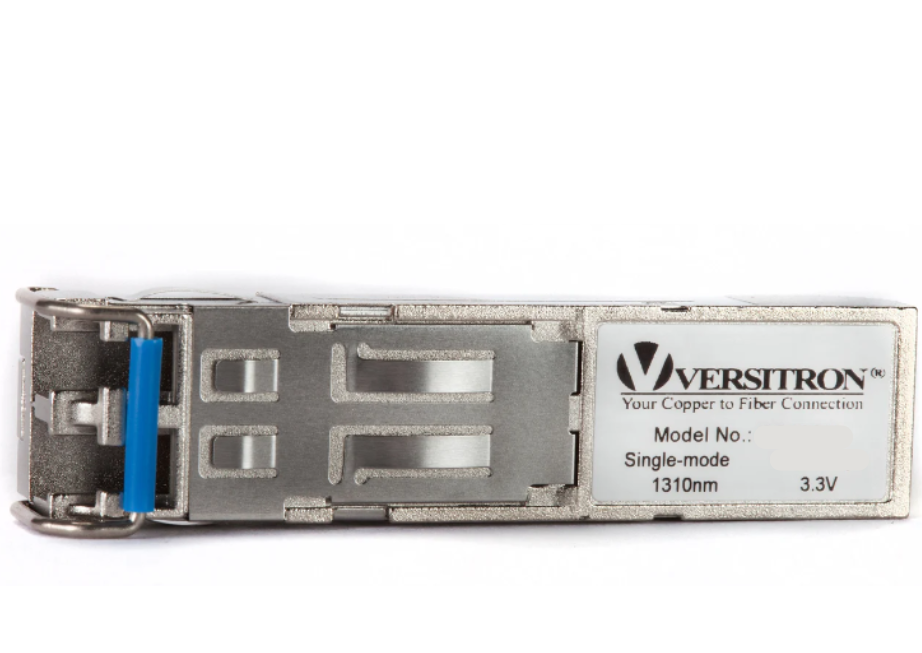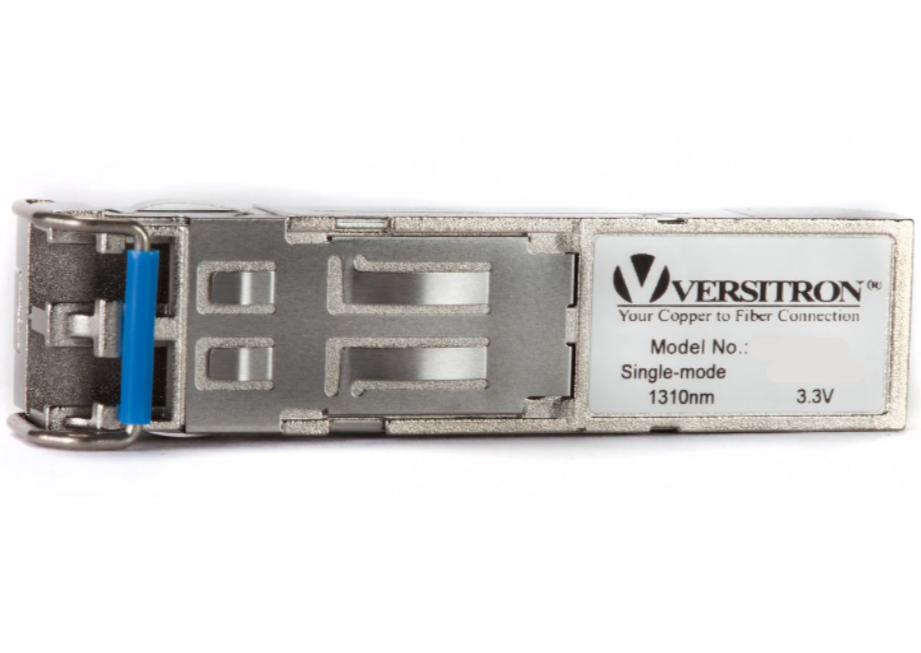Fiber optic technology has seen incredible growth over the past several years and will likely experience even more expansion over time. There are numerous benefits associated with using fiber optic solutions; perhaps most notable among them being extended legacy networks via optical transceivers in fiber optic networks. This post compares single and dual fiber optical transceivers.

Fiber Optic Transceivers
Fiber Optic Transceivers are compact devices designed to transmit and receive data over a fiber optic cable. In fiber optics, the data is sent in the form of light pulses or signals at high speeds and over long distances. The fiber optic transceivers convert the electrical input received from existing UTP cables into light signals, and which is why they are a significant device on the network.
Primarily, there are two types of optical transceivers - single fiber and dual fiber.
- Single Fiber Optical Transceivers: In this device, the transmission and reception of data happens on a single fiber. So, it is bidirectional and often called BIDI. Technically, it requires only half of the actual length of the optical fiber. Single mode fiber media converter act as a photoelectric conversion device and also use the WDM technology. WDM integrates and splits the data according to the wavelength of light. The range of wavelength varies between 1300 and 1600 nm. These happen to be more stable in terms of signal strength. The good part is that this type of transceiver can be used in remote places where the availability of optical fibers is scarce.
-
Dual Fiber Optical Transceivers: These devices are the more frequently employed type. Employing two fibers strands that each carry the same wavelength, dual fiber transceivers offer two channels or ports for transmitting (TX) and receiving (RX) data transmission and reception respectively.
The fundamental function of converting electrical signals to light signals remains constant, yet in different forms. It offers reliable performance even in high-capacity applications.
Difference Between Single vs. Dual Optical Fiber Transceivers
The definitions of these two types of transceivers explicitly point out some differences. Still, here is how a single fiber optical transceiver is different from a dual one.
- Port Configuration: A dual fiber transceiver has two ports (one TX and one RX), while the single fiber transceiver has just one port.
- Flexibility: A dual fiber transceiver can often be converted to single fiber operation if required, and vice versa. This is beneficial if your connection provider offers a single fiber but the network area demands dual fiber connectivity.
- Cost: Single-mode fiber optical transceivers are generally more expensive compared to dual optical fiber transceivers.
- Cabling: A fiber patch cable can connect two single fiber transceivers easily.
-
Transmission Mode: BIDI transceivers transmits and receives data on a single strand of fiber, while dual fiber transceivers operate on two strands of fiber.
Single vs. Dual Optical Fiber Transceivers Comparison Summary
|
Parameters |
Single Transceivers |
Dual Transceivers |
|
Number of Ports |
1 |
2 |
|
Cost |
More expensive |
Less expensive |
|
Fiber Patch Cable Compatibility |
Directly connectable |
May require a coupler |
|
BIDI Support |
Supported |
Not supported |
|
Conversion Capability |
Convertible to dual if required |
Convertible to single if required |
|
Transmission Mode |
Bi-directional (BIDI) |
Separate transmit and receive |
Applications of Single and Dual Fiber Optical Transceivers
- Data Center Interconnectivity: Dual fiber transceivers are ideal for high-capacity data centers that require separate channels for TX and RX to ensure high throughput.
- Remote Site Connectivity: Single fiber (BIDI) transceivers excel in remote locations where fiber availability is limited, reducing cable length and installation costs.
- Telecommunications: Both transceiver types are used to build scalable, reliable telecom networks with minimal signal degradation.
-
Enterprise Networks: Versatile applications in large campus environments, where efficient and stable connectivity is essential.
The choice between single and dual fiber optical transceivers should depend on your network requirements, including cost, flexibility and performance criteria. By understanding technical differences and performance metrics, network administrators can make informed decisions to achieve maximum network performance.
If you are looking for fiber optic devices such as fiber optic transceivers and more for your network or plan to extend your legacy network, be sure you choose a reliable manufacturer and supplier. VERSITRON is a leading manufacturer and supplier of various fiber optic devices and installation kits. They offer high definition transceivers which offer an excellent quality of video and audio outputs.
For high-quality fiber optic devices and expert guidance, trust VERSITRON—your partner in advanced network solutions.
Q: Why are optical power measurements in dBm important? A: They help determine the sfp tx/rx power range and rx optical power range, ensuring that transceivers operate within the acceptable dBm for fiber internet to maintain optimal performance.



